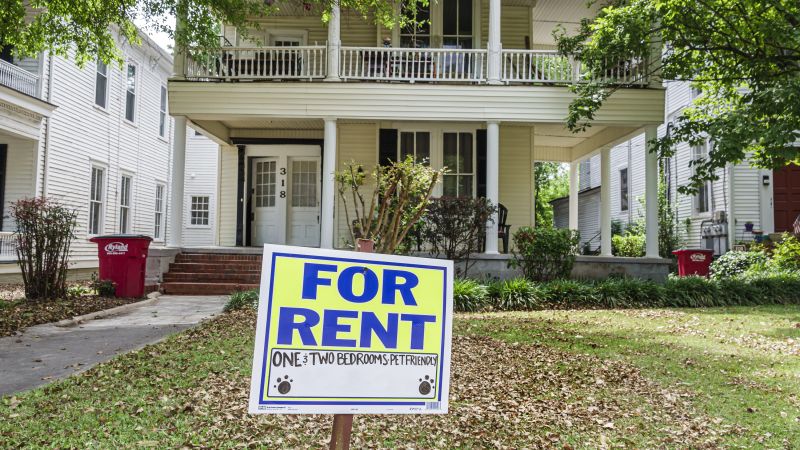That’s all?
I wonder if there’s a significant difference if this is measured by household or by individual.
30% is insanely low. If I only paid 30% for housing I could retire in my 40s.
30% is widely considered to be the most you should pay for a living space in order to live a sustainable lifestyle and retire comfortably. It even says in the article that they consider anyone that has to pay more than that to be “cost burdened”.
It usually breaks down somewhere around 30% on housing, 20% on necessary bills, 30% on wants / unnecessary bills, and 20% on retirement investments / savings.
The fact that nearly half of renters cannot do that is the problem that they are trying to highlight, but it doesn’t offer much of a solution. These people will not be able to retire without public assistance (if they can at all), and will likely run into serious struggles long before then.
It’s a crude rule of thumb that was questionably useful when it was first promulgated, and now is entirely adrift from reality.
It’s extremely difficult to pull off today, but that doesn’t mean that it isn’t an appropriate figure. The “wants” and “investment” categories have effectively been wiped out for a large number of people, which isn’t a healthy and sustainable way to live long term.
This is what the entire “living wage” argument is based on. Regular people aren’t making enough money to have a healthy budget. Well, some are just over inflating wants, but that’s not the people I’m talking about.




